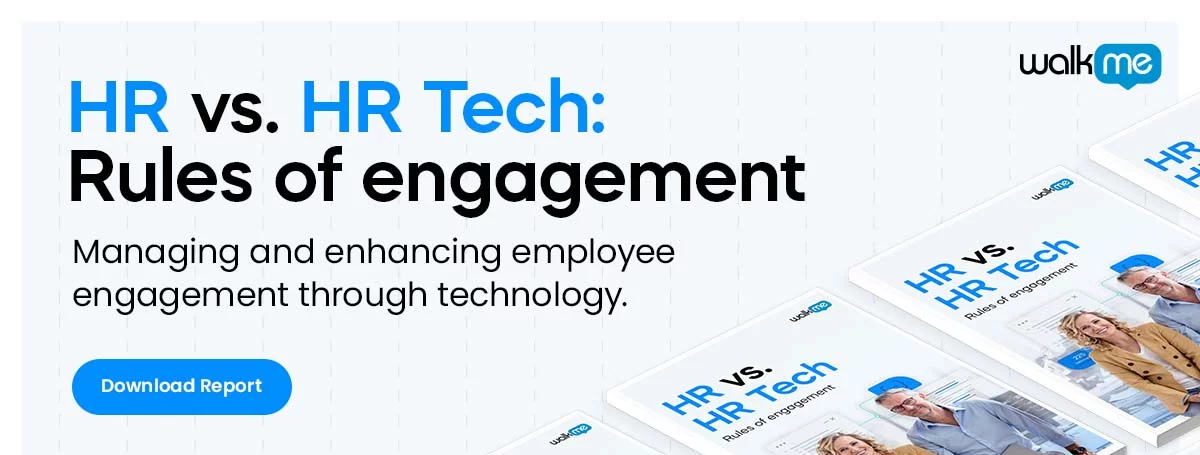
An offboarding process can make a big difference in how an employee views and talks about their former employer.
A positive offboarding experience, for instance, can leave a good impression on departing employees. That good impression, in turn, can have a positive influence on the company’s reputation and its ability to recruit top talent.
On the other hand, a poorly executed offboarding process can have the opposite impact – negatively impacting employee perceptions, the company’s reputation, and so on.
For these reasons, it is important to invest in and continually improve one’s offboarding process.
In this post, we’ll look at a few common mistakes that can reduce the effectiveness of your offboarding efforts.
7 Mistakes to Avoid During the Offboarding Process
Here are some mistakes to sidestep when designing an offboarding procedure:
1. Not being thorough enough during the exit interview
An exit interview is one of the key pieces of the offboarding process.
Yet to actually be effective, the exit interview must be purposeful and thorough.
Interviewers, therefore, should ask targeted questions aimed at gleaning specific information about:
- The overall experience with the brand
- The team
- The work environment
- Management styles and effectiveness
In short, the interviewer should attempt to find out what they can do to improve the workplace.
2. Skimping over security measures
Though exit procedures should leave a positive impression on employees, security should always be a top concern.
For this reason, some advocate adhering to a “zero trust” model at all times.
In practice, this requires that IT close accounts, change passwords, restrict access, and perform other security measures as soon as the employee departs.
It would also require that other security teams immediately restrict access as required – such as restricting building access and invalidating ID cards.
3. Being too impersonal
Unless the situation warrants, HR managers and team managers should strive to stay personal and friendly.
Some situations don’t warrant this, of course. If both employment and the relationship need to be terminated permanently, then a relationship with the employee need not be maintained.
On the other hand, if the employee is merely “moving on” or “moving up,” then it is a good idea to stay in touch. In other words, treat the employee as a potential future contact, rather than burning bridges.
4. Not taking a structured, data-driven approach to offboarding
Offboarding is a stage in the employee experience.
Like employee onboarding or employee training, it has a definite purpose – and it is not going to be perfect right out of the gate.
Therefore, HR managers and business leaders should periodically review the process to ensure it is getting results.
For instance, it is a good idea to evaluate:
- The value of the data being received from exit interviews
- The exit process, its purpose, and its efficiency
- How different offboarding tactics affect employee perceptions
In short, taking a data-driven view to offboarding can ensure that it actually has a tangible impact on the organization.
5. Skipping steps due to remote workplace restrictions
The COVID-19 pandemic had a massive effect on the workplace and on the future of work.
Almost overnight, companies around the world were suddenly required to work remotely, adopt new digital tools, learn new workflows, and so forth.
Many of these changes may revert in time – and this may lead some managers to avoid certain steps in the offboarding process.
But this is a mistake that can cost employers valuable data about the remote work environment, remote management practices, and how the company is handling “the next normal.”
6. Not creating a cross-departmental workflow
HR should not be solely responsible for offboarding.
Instead, offboarding should be a collaboration between:
- The employee’s home department
- IT
- HR
The more closely that these teams collaborate, the more seamless the experience will be.
To this end, these departments should create templates, such as checklists in a project management app. Those can then be used for collaboration and to streamline the offboarding process.
7. Not preserving the departing employee’s knowledge
The longer an employee stays with a company, the more knowledge they acquire.
Preserving that knowledge can significantly benefit the workplace by reducing future employees’ learning curves, training costs, and trial and error.
An employee that documents their workflows and best practices, for instance, can add to the organization’s existing repository of knowledge. One positive outcome of this is that future employees can simply study that material, rather than learning the same information from scratch.
Final Recommendations
When it comes to offboarding, one of the most important points made by HR professionals is that offboarding should be purposeful.
Namely, offboarding should:
- Leave employees with a positive impression
- Gather data about the employee’s experience with the company
- Build bridges, not burn them
An offboarding process, therefore, should be a goal-oriented process aimed at achieving these objectives.
To this end, the human resources definition should expand to focus on data-driven and goal-driven initiatives, such as:
- Setting goals, objectives, and desired outcomes
- Incorporating employee feedback into the business
- Continually measuring and adjusting the offboarding process as neeed
In short: offboarding is one of several components in the employee life cycle and to add value to the business, it should be treated as an outcome-driven process.
WalkMe Team
WalkMe spearheaded the Digital Adoption Platform (DAP) for associations to use the maximum capacity of their advanced resources. Utilizing man-made consciousness, AI, and context-oriented direction, WalkMe adds a powerful UI layer to raise the computerized proficiency, everything being equal.



